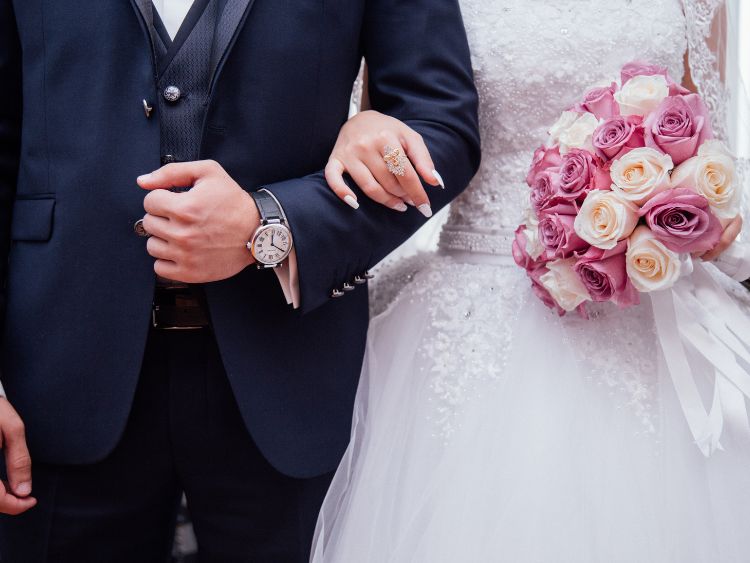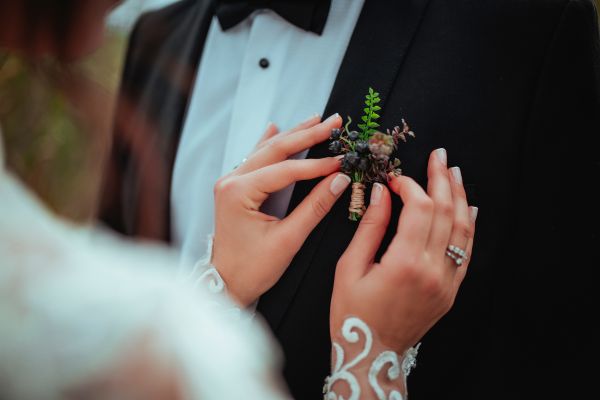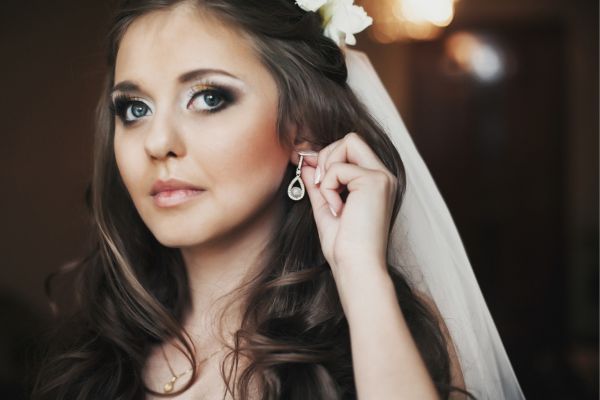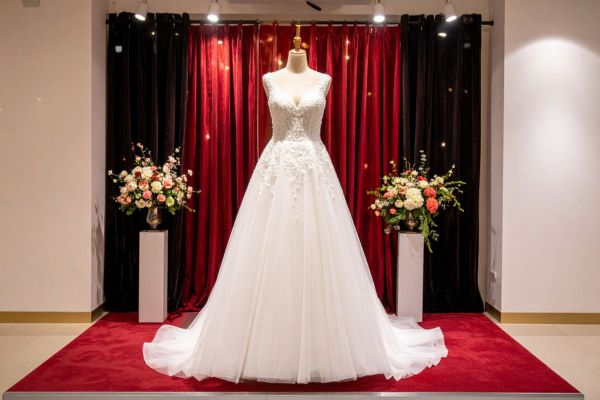White Tie Event: A Guide to the Most Formal Affair
When it comes to social events, there’s a hierarchy of formality that ranges from casual get-togethers to black-tie dinners. However, nothing screams sophistication quite like a white tie event. These rare and prestigious gatherings are the pinnacle of formal attire, and understanding the expectations, dress code, and etiquette can be daunting. Fear not! This comprehensive guide will walk you through everything you need to know to not just survive but thrive at a white tie event.
What Is a White Tie Event?
A white tie event is the most formal type of social event, surpassing even black tie affairs. These events are typically reserved for grand occasions, such as state dinners, royal events, high society galas, and formal balls. The white tie dress code has remained largely unchanged for over a century, symbolizing a commitment to tradition, elegance, and, frankly, a touch of opulence.
The History Behind White Tie Events
White tie events have their roots in the 19th century, when formal evening wear became a symbol of class and sophistication. The style was solidified in the early 20th century and has since been associated with the upper echelons of society. Over the years, the white tie dress code has evolved, but it remains a strict and highly regulated standard of formal wear.
When to Expect a White Tie Event
While white tie events are not common, they are still held for certain high-profile occasions. You might find yourself invited to a white tie event if you’re attending:
- A Royal Wedding: Royalty and nobility often require white tie attire at their weddings, especially when the event is steeped in tradition.
- State Dinners: When heads of state are in attendance, the dress code often escalates to white tie.
- Formal Balls: Some prestigious balls, particularly in Europe, still uphold the white tie standard.
- Award Ceremonies: Certain exclusive awards, like the Nobel Prize ceremony, call for white tie attire.
White Tie Dress Code: What to Wear
The white tie dress code is a strict and detailed one, and there’s little room for personal interpretation. Here’s what you’ll need to look the part.
For Men: The Epitome of Elegance
Men’s attire for a white tie event is perhaps the most traditional and detailed of any dress code. Here’s a breakdown of the essential components:
- White Bow Tie: As the name suggests, a white tie event requires a white bow tie. It must be hand-tied and made from cotton piqué.
- Evening Tailcoat: The tailcoat, always in black, is the centerpiece of the ensemble. It should be fitted and worn over a white dress shirt.
- White Waistcoat: Beneath the tailcoat, a white waistcoat made from the same cotton piqué as the bow tie is worn. It should fit snugly and be double-breasted.
- High-Waisted Trousers: The trousers are black, high-waisted, and typically feature a satin stripe down the side. They should be worn without a belt.
- Patent Leather Shoes: Black patent leather shoes, either Oxfords or court shoes, complete the outfit.
- Accessories: Cufflinks, shirt studs, and a white pocket square are essential. Gloves and a top hat are optional but can add a touch of old-world charm.
For Women: Grace and Glamour
Women attending a white tie event are expected to embody grace and glamour. The dress code is equally strict, focusing on elegance and modesty:
- Floor-Length Evening Gown: The gown should be full-length, covering the ankles, and should exude elegance. While the dress can be ornate, it should avoid overly revealing cuts.
- Long Gloves: Gloves, typically white and made of satin, are a traditional accessory. They are usually worn throughout the evening, except during dining.
- Jewelry: Fine jewelry, such as diamonds or pearls, is appropriate. The key is to avoid anything too flashy or ostentatious.
- Heels: High heels are expected, but comfort is key. Remember, you might be standing or dancing for extended periods.
- Hairstyle: Hair should be styled elegantly, often in an updo. A tiara might be appropriate if the event is particularly regal.
Etiquette at a White Tie Event
Knowing how to dress is only half the battle; understanding the etiquette is just as crucial. White tie events are steeped in tradition, and a faux pas can easily dampen your evening.
Arrival and Introductions
- Punctuality: Arriving on time is crucial. Being late is seen as disrespectful.
- Introductions: When introduced, stand, smile, and offer a polite greeting. Gentlemen should bow slightly, while ladies might offer a small nod or curtsy.
Dining Etiquette
- Seating: Wait to be seated by a host or hostess. Don’t sit until they have.
- Cutlery: Use your cutlery from the outside in with each course. Rest your knife and fork on your plate when finished.
- Conversation: Keep your conversation polite and light. Avoid controversial topics.
Dancing Etiquette
- Partnering: If there’s dancing, gentlemen should ask ladies to dance politely. A lady may decline, but it’s customary to offer a polite reason.
- Dance Floor: Don’t dominate the dance floor. Share the space and enjoy yourself without drawing too much attention.
FAQs about White Tie Events
What is the difference between white tie and black tie events?
A white tie event is more formal than a black tie event. White tie requires a tailcoat, white bow tie, and specific attire, while black tie is slightly less formal, typically requiring a tuxedo or dinner jacket and a black bow tie.
Can women wear anything other than a gown to a white tie event?
No, a floor-length evening gown is required. Short dresses, cocktail dresses, or pantsuits are inappropriate for a white tie event.
Are gloves mandatory for women?
While not absolutely mandatory, long gloves are a traditional part of a woman’s attire at a white tie event and are strongly recommended for those looking to fully embrace the dress code.
Is it acceptable to rent white tie attire?
Yes, renting is a common practice for white tie events, especially since the required clothing is specialized and expensive. Just ensure the fit is impeccable.
What happens if I break the dress code?
Breaking the dress code at a white tie event is a serious faux pas and can result in not being allowed to enter the event. It’s best to adhere strictly to the guidelines.
Conclusion
Attending a white tie event is a rare and prestigious opportunity, one that allows you to step into a world of tradition, elegance, and high society. By understanding the dress code, etiquette, and expectations, you can confidently navigate the evening with poise and grace. Remember, a white tie event is not just about dressing the part but also about embodying the refinement and sophistication that the occasion demands. So, don your tailcoat or evening gown, step into your patent leather shoes or high heels, and prepare to experience an evening like no other.
Authoritative Links
- For more details on the history of white tie events, visit: www.historyofwhitetie.com
- To explore rental options for white tie attire, check out: www.whitetierentals.com
- For etiquette tips and guidelines, see: www.etiquetteguide.com/white-tie
This article should serve as your ultimate guide to mastering the white tie event, ensuring that you’re not only dressed to impress but also well-versed in the sophisticated world of formal occasions.



